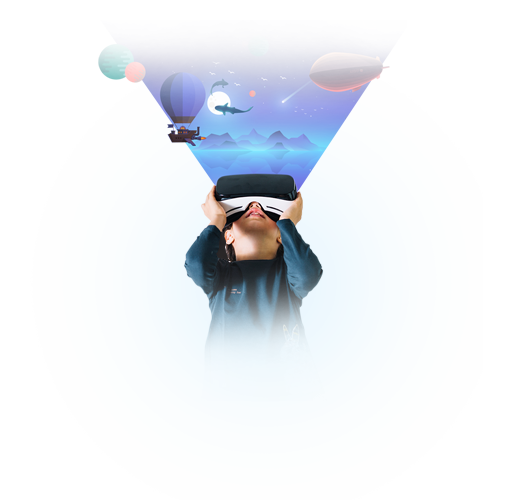The Fourth Industrial Revolution is changing the way we Produce and Machines Communicate with People, just like AR / VR / MR is changing the way we look at the World around us
Apart from the fact that this isn’t just a technology issue (nor is the Industry 4.0 vision as such), from the technological perspective one immediately thinks about the Internet of Things. However, virtual reality (VR) and augmented reality (AR) are certainly as important. Virtual reality and augmented reality are used in several sectors and contexts, from consumer applications to manufacturers. Yet, it’s in manufacturing that augmented reality offers great value in myriad applications, in combination with several other technologies as per usual.
The use of VR and AR in manufacturing and other industries for which the term Industry 4.0 gets used is not fiction. It happens as we speak and is poised to accelerate as the benefits become increasingly clear, offerings, hardware and applications mature and move to the next level and manufacturers increase their digital transformation efforts on the strategic and staged path towards the realization of Industry 4.0 and the digital transformation of manufacturing

Usecases

Industrial Training
From operating equipment to performing complex procedures, AR / VR / MR tech holds the potential to boost the depth and effectiveness of training in many areas.

Repair & Maintenance
One of the biggest industrial use cases of AR is for repair and maintenance of complex equipment. Whether it's a car motor or an MRI machine, repair and maintenance staff are beginning to use AR headsets and glasses while they perform their jobs to provide them with useful information on the spot, suggest potential fixes, and point out potential trouble areas. This use case will only continue to get stronger as machine-to-machine IoT technology grows and can feed information directly to AR headsets.


Design & Modeling
From interior design to architecture and construction, AR / VR / MR is helping professionals visualize their final products during the creative process. Use of headsets enables architects, engineers, and design professionals step directly into their buildings and spaces to see how their designs might look, and even make virtual on the spot changes. Urban planners can even model how entire city layouts might look using AR headset visualization. Any design or modeling jobs that involve spatial relationships are a perfect use case for AR / VR / MR tech.

Business Logistics
AR / VR / MR presents a variety of opportunities to increase efficiency and cost savings across many areas of business logistics. This includes transportation, warehousing, and route-optimization. Shipping company DHL has already implemented smart AR glasses in some of its warehouses, where lenses display to workers the shortest route within a warehouse to locate and pick a certain item that needs to be shipping. Providing workers with more efficient ways to go about their job is one of the best ROI use cases in today's business environment.


Field Service
Whether it's something as small as an air conditioner, or as large as a wind turbine, every day field service technicians get dispatched to repair a piece of mission critical equipment that needs to get up and running as soon as possible. Today, these technicians can arrive on-site with AR glasses or headsets and view whatever they're repairing to more quickly diagnose - and fix - the problem. And instead of having to thumb through a repair manual, technicians can go about their business hands-free to get in and out faster than ever.

